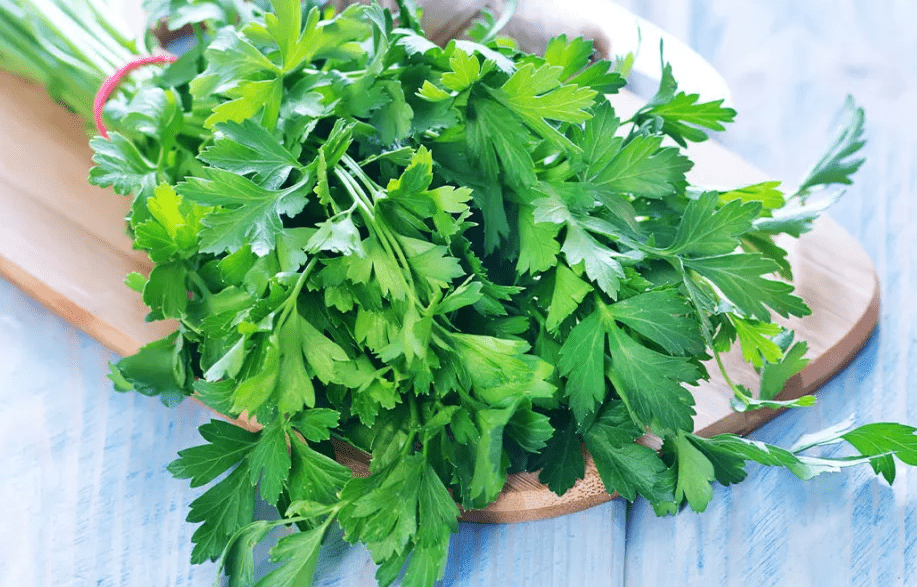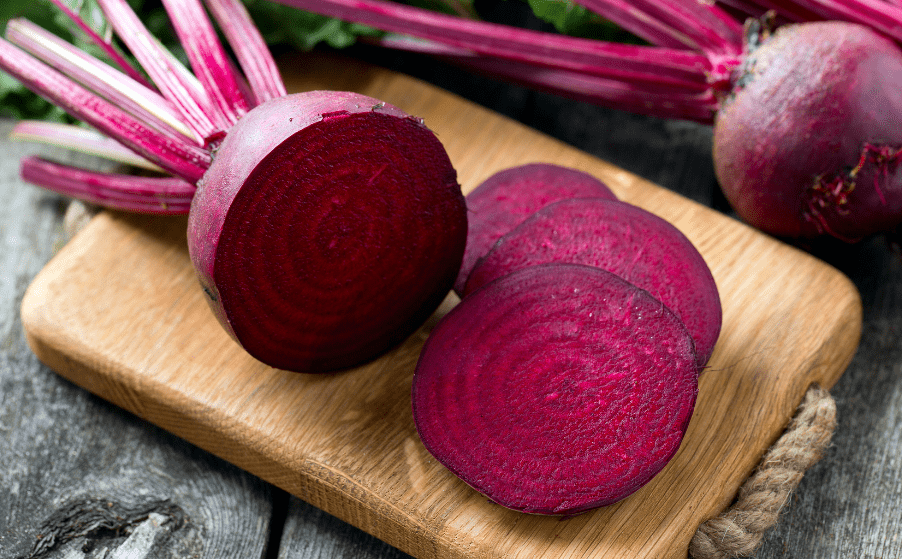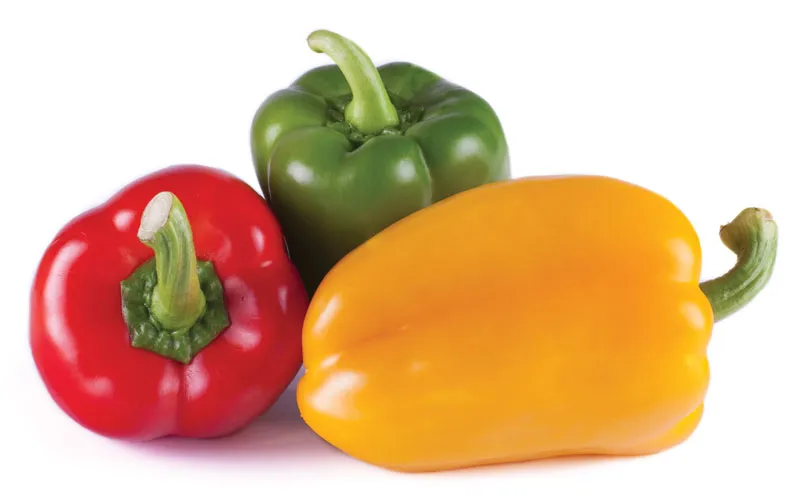
Description
Parsley develops vegetatively during its first season as a biennial plant, overwinters, and then blooms during its second season. The first season, the compound leaves grow in a cluster and are gathered for use. They are deep green, sensitive, and either flat or heavily frilled (curly). When the parsley plant’s leaf season is through, many farmers choose not to leave the plants in the field. If allowed to develop for a second season, seed stalks reach a height of about 1 meter (3.3 feet) and are capped by compound umbels of tiny greenish yellow flowers. Small and frail, parsley seedlings struggle to break through heavy, crusty soils.
Varieties
There are various cultivars of parsley, which are divided into different groups:
Common or curly parsley: Included in this category is the common kind of parsley, which is both simple to cultivate and aesthetically pleasing in a herb garden. ‘Forest Green’ and ‘Extra Curled Dwarf’, a fast-growing compact variety, are typical curly parsley variations.
Parsley types with flat leaves that can grow up to 36 inches tall are included in this category. It usually has a stronger flavour than curly parsley. ‘Titan’, a small plant with deep green, serrated leaves, is a well-liked cultivar.
Flat-leaf parsley from Italy: This parsley has a mildly spicy flavour. Giant of Italy, a cultivar with exceptionally enormous leaves, is a favourite.
Japanese parsley is an evergreen herb with a bitter taste that is indigenous to China and Japan. They have sturdy stalks that are edible and resemble celery.

Uses
The leaves’ mildly aromatic flavor pairs nicely with fish, soups, meats, sauces, salads, and dried or fresh leaves. Parsley is typically the principal ingredient in bouquets garni and fines herbes.
Nutrition
Particularly rich in apigenin, luteolin, folate, vitamin C, and vitamin K, and vitamin A, parsley is a good source of antioxidants and flavonoids. About 80.7 g of beta carotene, 10.7 g of alpha carotene, 82.9 g of lutein and zeaxanthin, and 6.0 g of lycopene are found in 1 gram of dried parsley. Apigenin levels in dried parsley can reach 45 mg/gram.
Cultivation
Parsley grows best in broad sunlight and moist, well-drained soil. It is often grown from seed and does best at temperatures between 22 and 30 °C. The germination process takes four to six weeks to complete, and germination is frequently difficult due to furanocoumarins in the seed coat. Plants that are cultivated for their leaves are typically spaced 10 cm apart, whereas plants that are grown for their roots are often separated 20 cm apart to allow for root development.
Table





